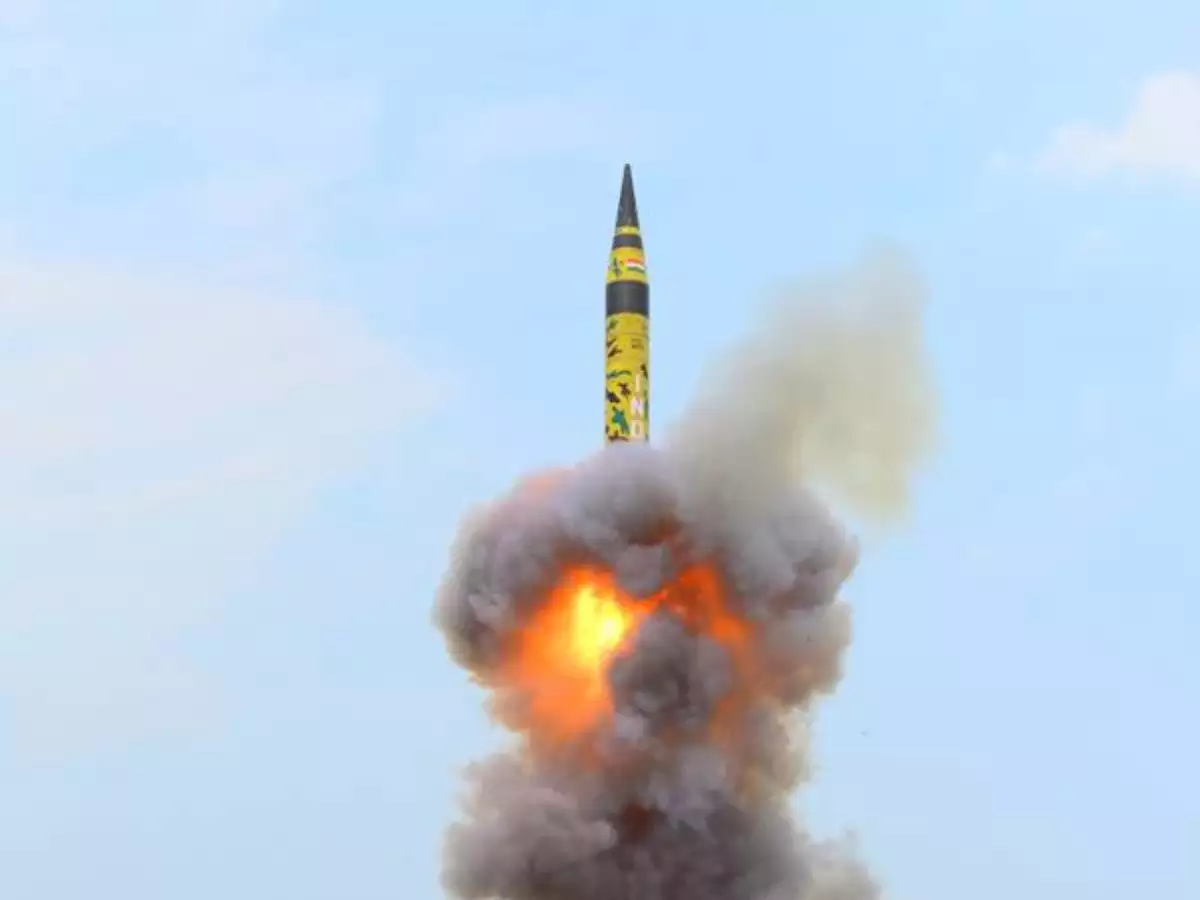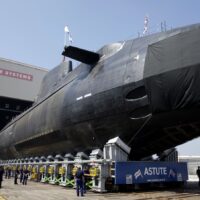London (Brussels Morning Newspaper) – It is common knowledge that the United Kingdom has the lowest nuclear arsenal of all the governments that are parties to the NPT and possess nuclear weapons. There is just one sort of nuclear weapon that it has, and that is the Trident submarine-launched ballistic missile. In October 1952, the United Kingdom conducted the world’s first test of a nuclear explosive device, making it the third country in the world to produce nuclear weapons after the United States and the Soviet Union. Let’s talk about where are the UK nuclear weapons kept.
Where are the Nuclear bombs created?
The Atomic Weapons Establishment in the United Kingdom has its headquarters at Aldermaston. The AWE designed and manufactured the Trident submarine-launched intercontinental ballistic missile system. This responsibility includes both the design and production aspects. The facility, which began operations in 1954 under the name Royal Ordnance Factory (ROF) Burghfield, is now used as the site for the final assembly of British nuclear bombs. It is responsible for the same activities at Pantex in the United States. Currently, WE177s that have seen better days are being moved to AWE Burghfield to have their components disassembled there.
Discover Where are the UK nuclear weapons kept?
The Royal Naval Armament Depot (RNAD) is located in Coulport in the Clyde Area. It is comprised of sixteen nuclear weapon storage bunkers that have been erected into a ridge that overlooks Loch Long. Warheads for Trident missiles and conventional torpedoes are stored at the weapons depot. This is also where they are mounted aboard submarines and withdrawn from service. As part of its Integrated Review of Security, Defence, and Foreign Policy, the United Kingdom’s (UK) government announced on March 16 that it would be increasing the maximum number of nuclear warheads that could be kept in its stockpile. This decision was made as part of the Integrated Review of Security, Defence, and Foreign Policy. This shocking news comes after the United Kingdom advocated for nuclear disarmament and reduced its nuclear arsenal for over three decades. As a result of this declaration, the total number of nuclear weapons might increase from roughly 225 now to 260 in the coming years.
Read More: Find Out Most Likely Nuclear Targets in Scotland (2022 Updates)
UK’s Nuclear Defence
Since 1962, the United Kingdom has declared publicly that it may contribute its nuclear capacity to the defence of NATO. Nuclear deterrence is an essential component of NATO’s overall policy, and the United Kingdom’s deterrent contributes to the maintenance of security in both Europe and the Euro-Atlantic region. The Cohesive Kingdom is dedicated to maintaining a nuclear alliance that is both credible and united, and our strategy places a high priority on NATO membership.
We continue to exercise complete operational control over the use of our nuclear deterrent, even though it is committed to the defence of NATO. Even if they are deployed as part of a larger NATO reaction, the use of our nuclear weapons still requires the authorisation of the Prime Minister of the United Kingdom.
The United States and the United Kingdom cooperate on various nuclear issues, such as deterrence strategy, warhead safety and security, and advanced manufacturing technologies. This allows both countries to lower the expenses associated with constructing and operating their nuclear deterrents, which benefits both parties.
We work together on nuclear matters daily to help ensure the safety of Europe, and our partnership with France is one of the most vital and robust in the world. This includes our cooperation following the Teutates Treaty of 2010, through which we can share research facilities and collaborate on technological matters.
The People who secure UK’s Nuclear Weapons
CASD relies on submariners’ expertise and devotion. To safeguard the UK, they lose out on many things we take for granted. Royal Navy submariners, their families, other Service members who support the deterrent, government officials, and industrial partners have delivered the UK’s independent nuclear deterrent for almost 50 years. Submarines must be self-sufficient since they must stay underground for months without fresh water, food, or oxygen. The boats and their crews are extraordinary.
Our submariners, their families, and the public’s safety are our top priorities, and the UK takes nuclear material security very seriously. Our nuclear weapons are stored and maintained under tight licensing and regulatory regulations, and they have built-in safety safeguards until they are utilised. No matter how improbable, we’re prepared for any situation. To maintain efficiency, these are evaluated routinely.
Conclusion
So, where are the UK nuclear weapons kept? Less than 10 miles separate UK’s two major Berkshire sites, Aldermaston and Burghfield. Research and manufacturing for the MOD’s defence and security efforts are conducted here and at other sites in Blacknest and Coulport. They have a neighbourhood of six thousand people on staff across all of our locations.



